Here’s what helped me. Soak your chickpeas overnight, then grind them by themselves into a coarse chickpea flour. You are not cooking the chickpeas at all (until they get fried), so don’t use tinned ones for this.
Chop the herbs, onions, garlic and chilli separately. I do this in a small food processor until you have a gremolata-styled texture. I used to process the chickpeas and other ingredients together at the same time, thereby overfilling the food processor and ultimately turning the chickpeas into mush because the blades wouldn’t be able to reach the herbs.
Don’t add flour. Or even baking powder. Flour is untraditionally added to absorb some of the moisture to cater to the fear that the falafel might fall apart in the oil. But it also dries out the mixture. Baking powder is added for a lighter texture, yet if you follow the steps above, there’s simply no need for it.
Refrigerate the mixture for at least 15 minutes. Make sure the oil is hot enough (170 degrees celsius) before frying and finally, don’t overcrowd the pan. Fry a few balls at a time to avoid the temperature from dropping too far. When you shape your balls, the mixture will feel wet and incredibly light, but don’t worry. As long as you manage to shape a ball, it will hold together once it hits the hot oil.
serves 4
Ingredients
Falafel
-
200g dried chickpeas
-
1 onion
-
5 garlic cloves
-
1 green chilli
-
50g coriander
-
50g parsley
-
1 tsp ground cumin
-
1 tsp ground coriander
-
1l vegetable oil (sunflower or rapeseed)
Tahini Sauce
-
50g tahini
-
2 tbsp lemon
Method
To make the falafel, soak the chickpeas overnight in 3x the amount of water.
The next day, drain the chickpeas and add them to the bowl of a food processor. Pulse them into a coarse chickpea flour, making sure not to grind them too finely, which would make the falafel rather dense. Tip out the chickpeas and set aside.
Peel and roughly chop the onion and garlic. Cut the chilli in half lengthways, remove the seeds and chop the rest into large pieces. Twist off the leafy bit of the coriander and parsley bunches and discard the stalks. Add the onions, garlic, chilli, coriander, parsley and 1 tsp salt to the bowl of a food processor and pulse until fine.
Add the chopped aromatics to the chickpeas along with the spices and use your hands to mix everything together. Then refrigerate for at least 15 minutes.
Heat the vegetable oil to around 170°C. If you don’t have a thermometer, you can later use the first falafel to test the heat. In the meantime, with wet hands shape the mixture into 18-20 falafel balls (around 30g each).
To test the temperature of the oil only add one ball. It should turn golden within 2 minutes. If it takes longer, wait for the oil to become a bit hotter and test with another ball.
Once the oil is hot fry 4-6 balls at a time for 4 minutes until they are crispy and dark golden. Make sure not to overcrowd the pan or they might fall apart.
Place a few paper towels on a cooling rack. Once the falafel are cooked, place them on the paper towels to let any excess oil run off. Continue with the rest until all the balls are fried.
In the meantime, make a quick tahini sauce by mixing the tahini and lemon juice with 2 tbsp of water and 1/3 tsp salt. Mix it together until smooth and keep adding water until you can drizzle the tahini from a spoon. Dunk the falafel into the sauce and enjoy.
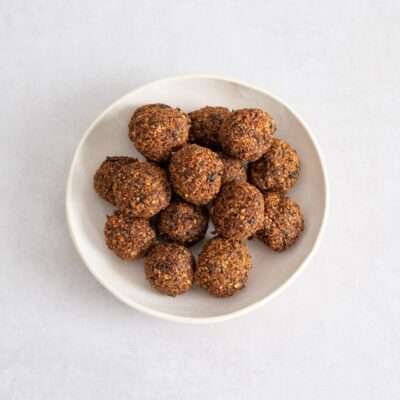
Falafel
Ingredients
Falafel
- 200 g dried chickpeas
- 1 onion
- 5 garlic cloves
- 1 green chilli
- 50 g coriander
- 50 g parsley
- 1 tsp ground cumin
- 1 tsp ground coriander
- 1 l vegetable oil (sunflower or rapeseed)
Tahini sauce
- 50 g tahini
- 2 tbsp lemon juice
Instructions
- To make the falafel, soak the chickpeas overnight in 3x the amount of water.
- The next day, drain the chickpeas and add them to the bowl of a food processor. Pulse them into a coarse chickpea flour, making sure not to grind them too finely, which would make the falafel rather dense. Tip out the chickpeas and set aside.
- Peel and roughly chop the onion and garlic. Cut the chilli in half lengthways, remove the seeds and chop the rest into large pieces. Twist off the leafy bit of the coriander and parsley bunches and discard the stalks. Add the onions, garlic, chilli, coriander, parsley and 1 tsp salt to the bowl of a food processor and pulse until fine.
- Add the chopped aromatics to the chickpeas along with the spices and use your hands to mix everything together. Then refrigerate for at least 15 minutes.
- Heat the vegetable oil to around 170°C. If you don’t have a thermometer, you can later use the first falafel to test the heat. In the meantime, with wet hands shape the mixture into 18-20 falafel balls (around 30g each).To test the temperature of the oil only add one ball. It should turn golden within 2 minutes. If it takes longer, wait for the oil to become a bit hotter and test with another ball.Once the oil is hot fry 4-6 balls at a time for 4 minutes until they are crispy and dark golden. Make sure not to overcrowd the pan or they might fall apart.
- Place a few paper towels on a cooling rack. Once the falafel are cooked, place them on the paper towels to let any excess oil run off. Continue with the rest until all the balls are fried.
- In the meantime, make a quick tahini sauce by mixing the tahini and lemon juice with 2 tbsp of water and 1/3 tsp salt. Mix it together until smooth and keep adding water until you can drizzle the tahini from a spoon. Dunk the falafel into the sauce and enjoy.
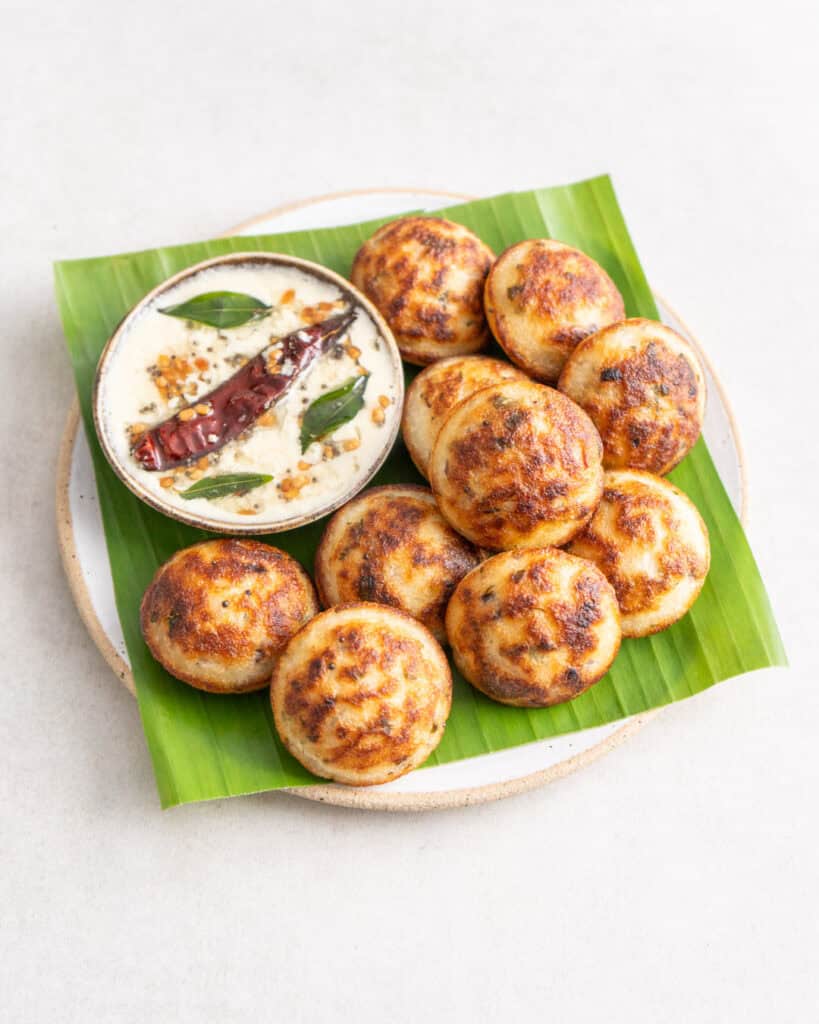


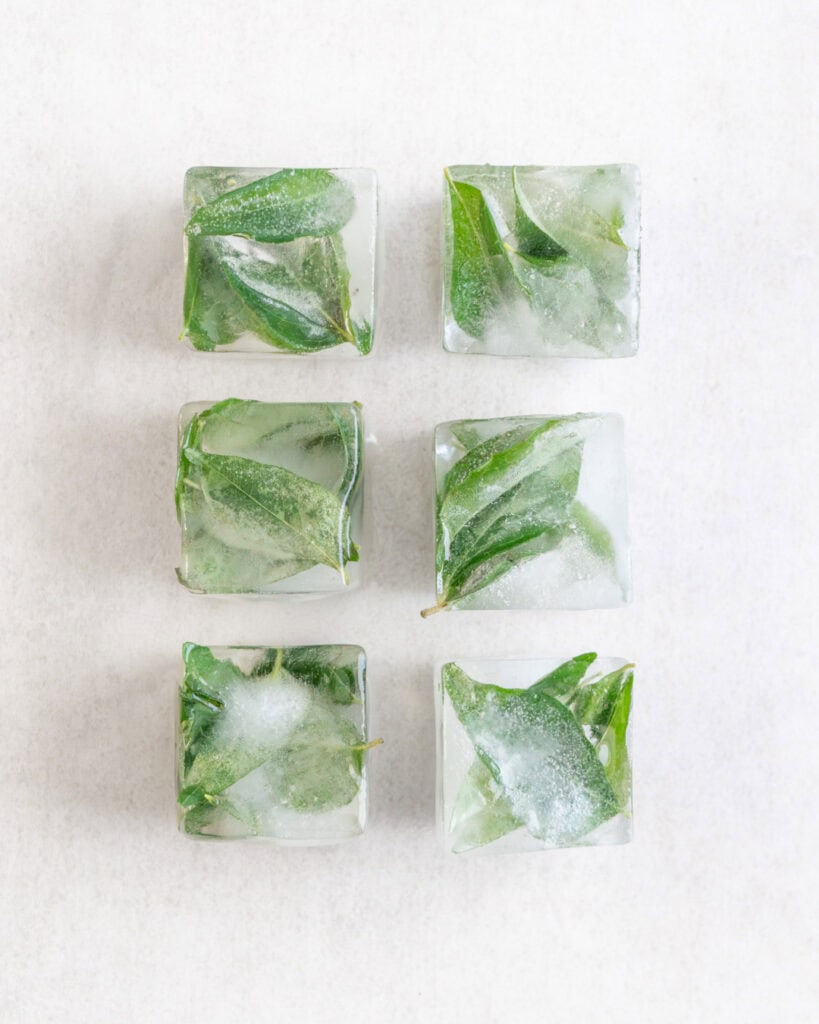
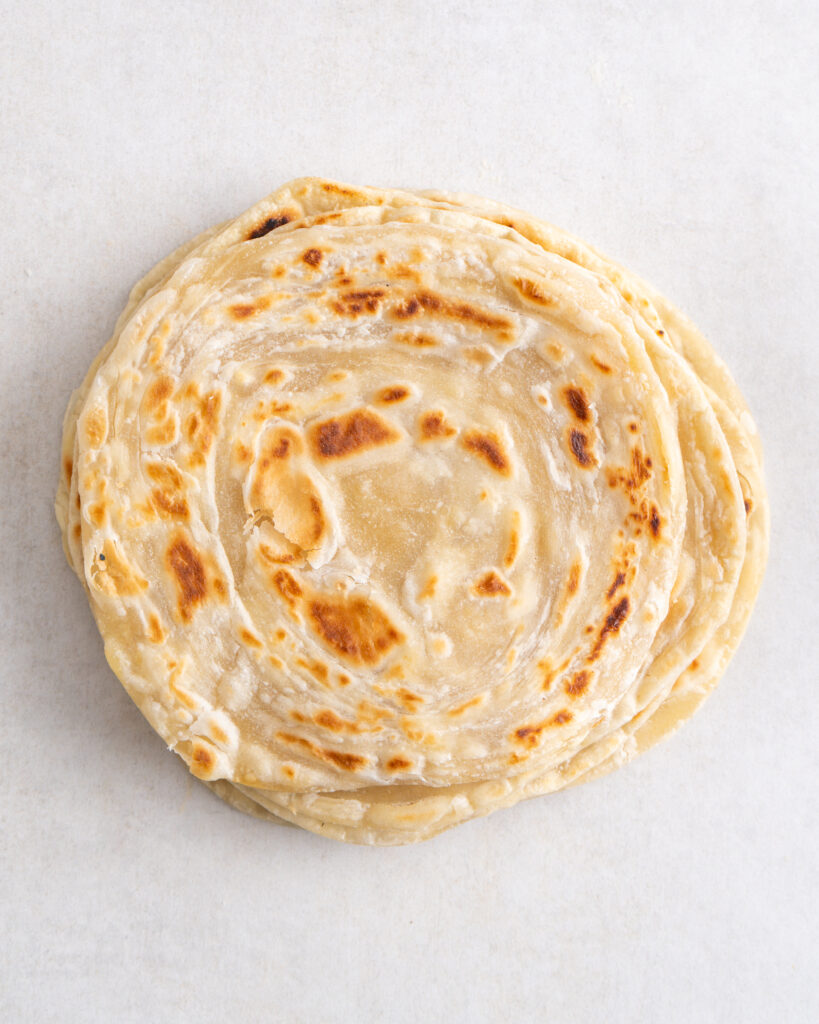
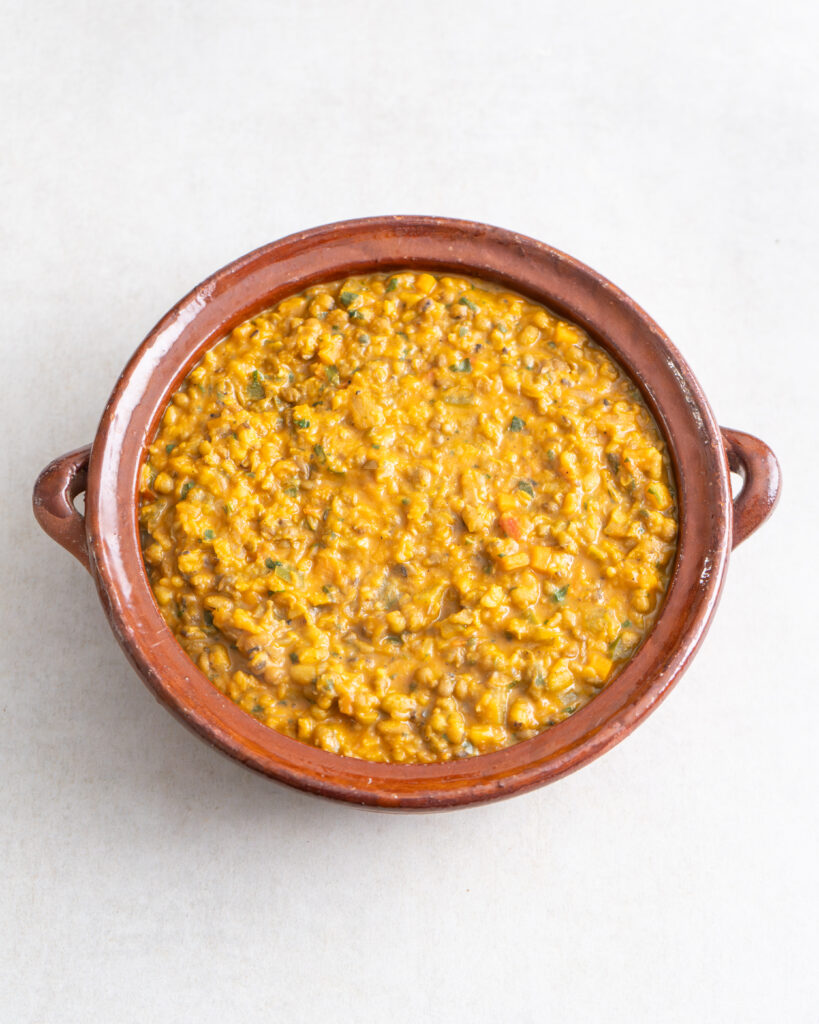
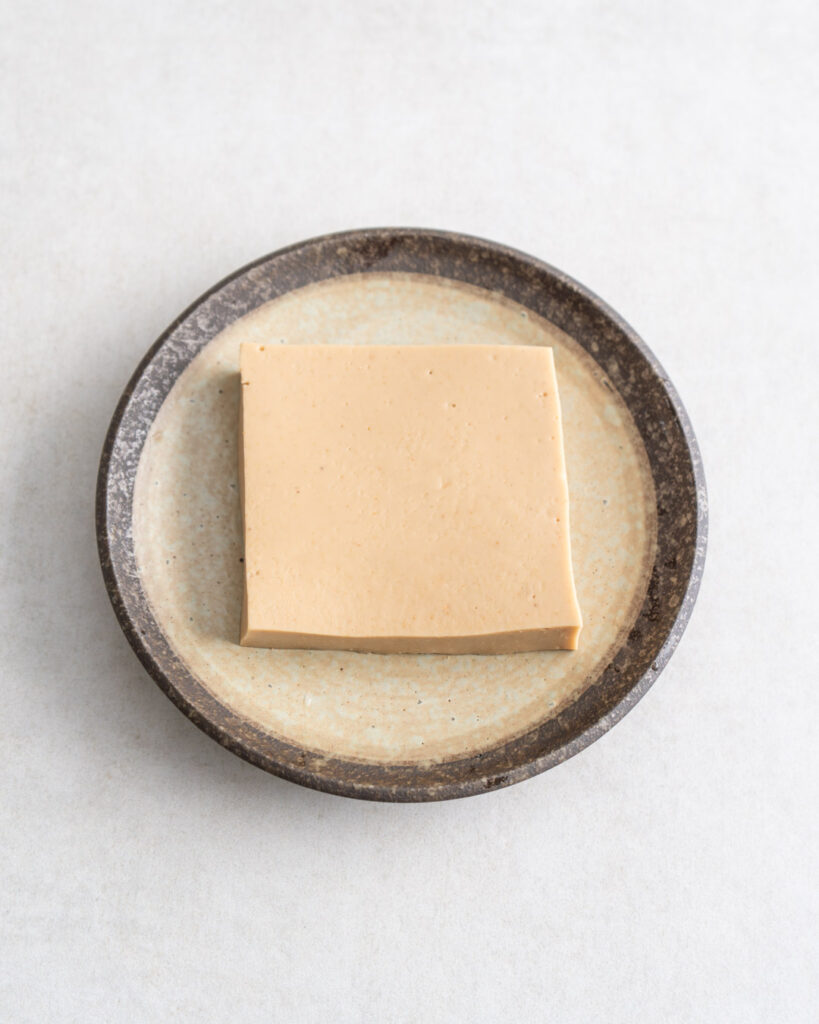
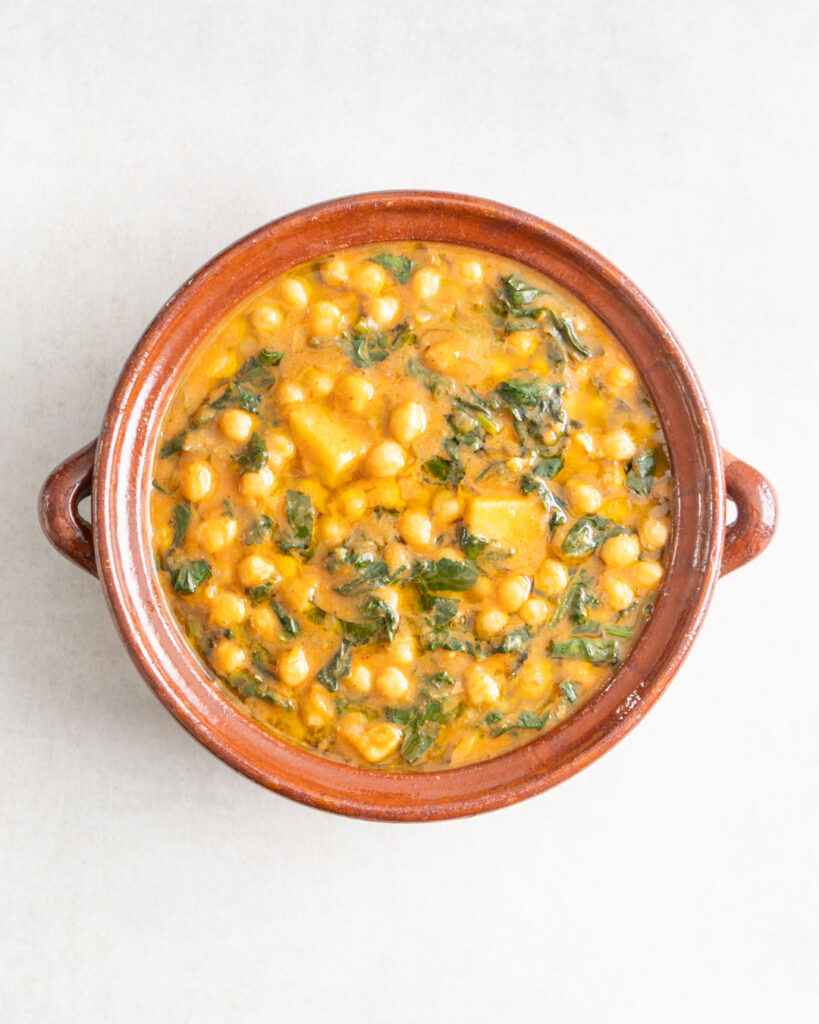
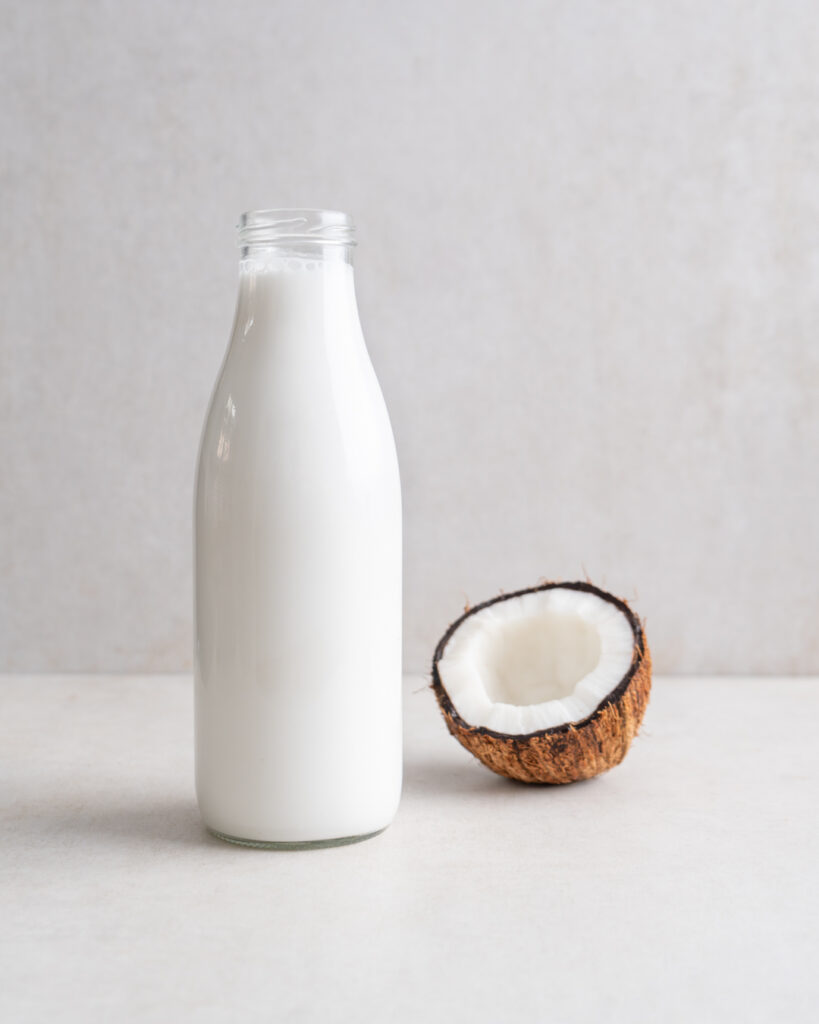
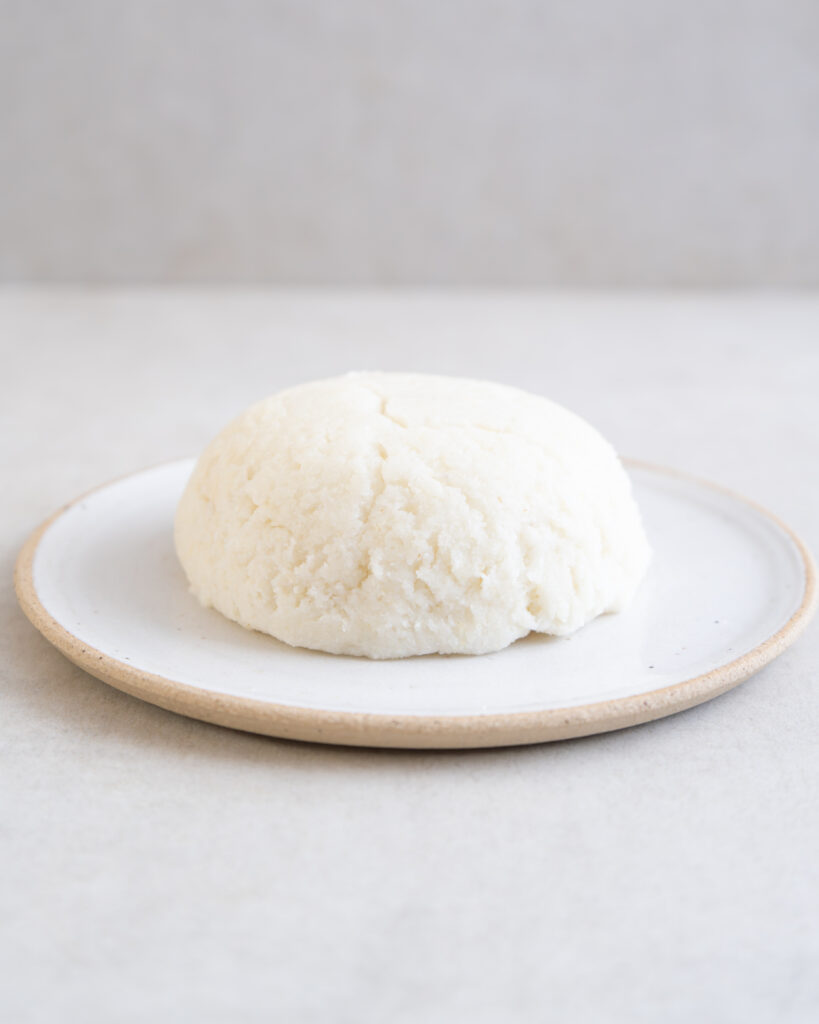

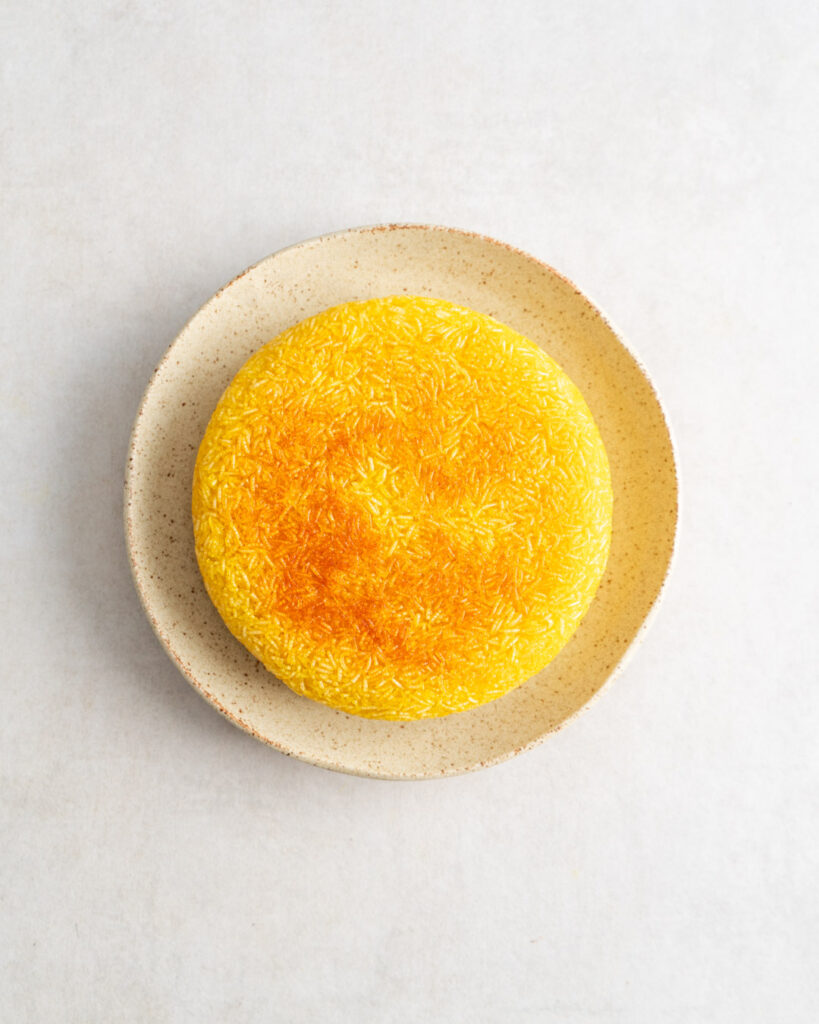


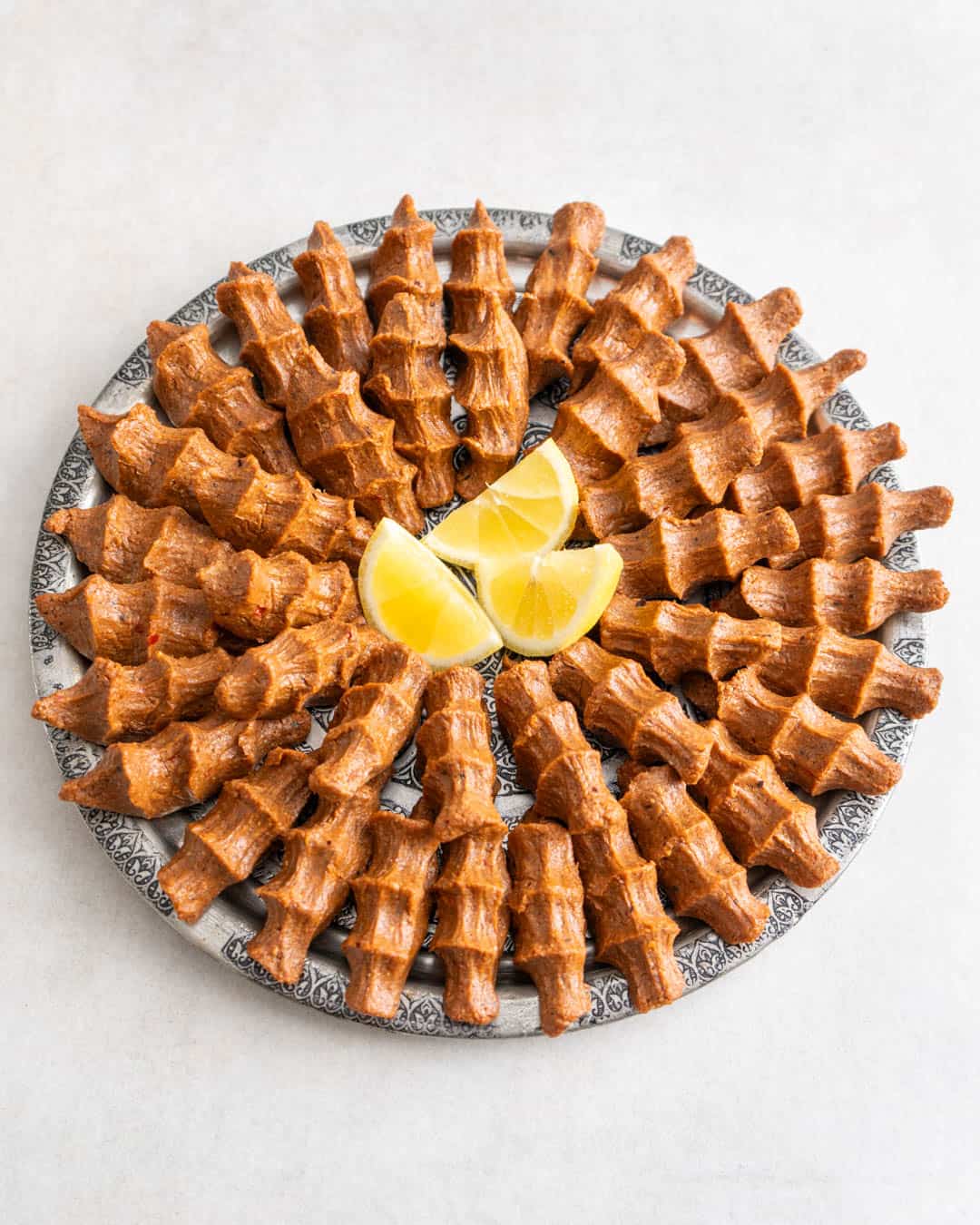
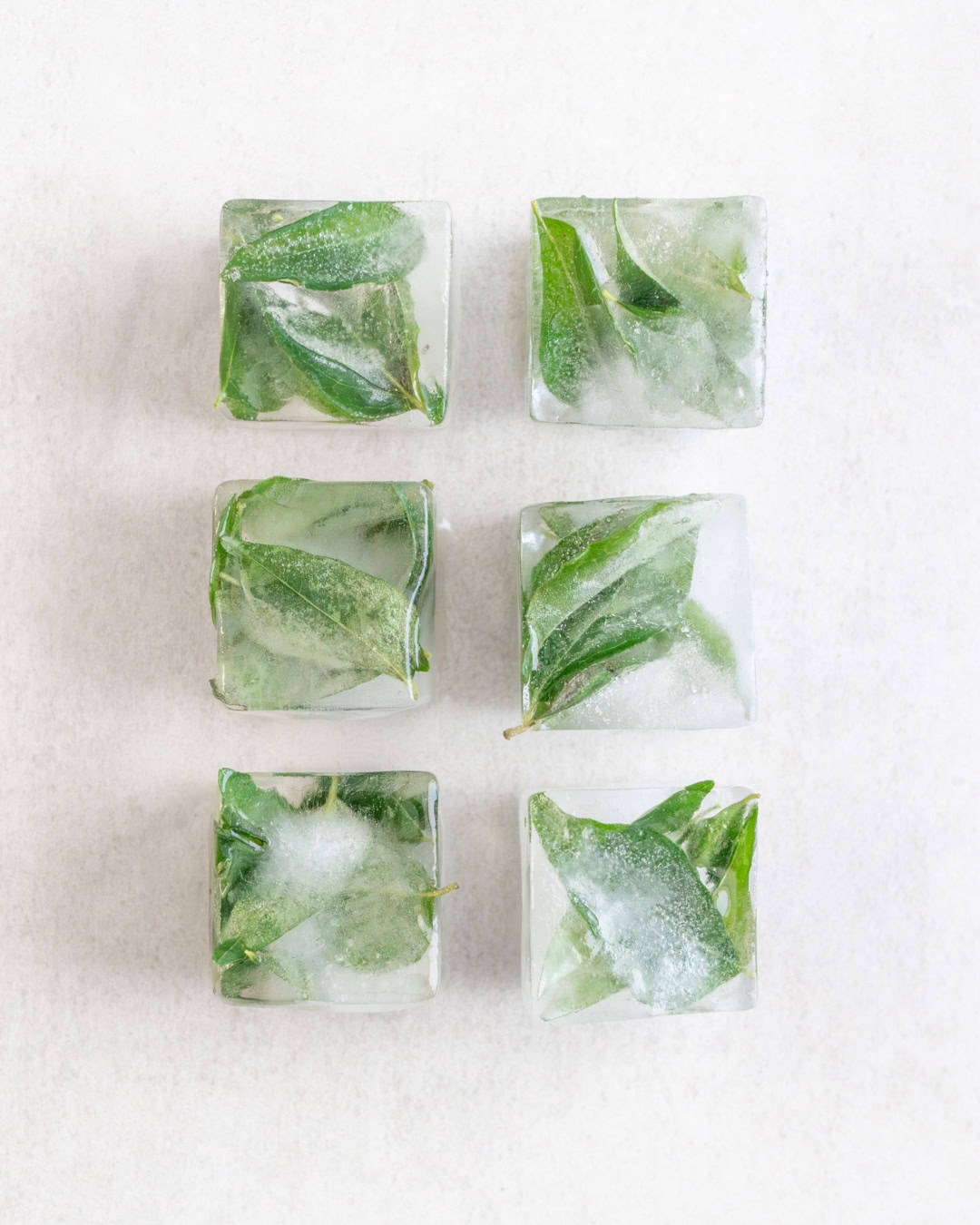








0 Comments